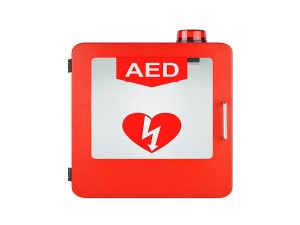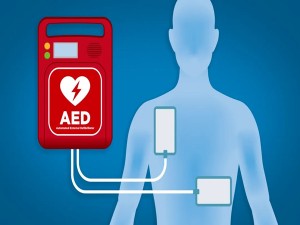
What is an automated external defibrillator?
An automated external defibrillator, also known as an automated external defibrillator, automatic shock, automatic defibrillator, cardiac defibrillator, etc., is a portable medical device that can diagnose specific cardiac arrhythmias and give electric shocks to defibrillate them, and is a medical device that can be used by non-professionals to resuscitate patients in cardiac arrest. In cardiac arrest, the most effective way to stop sudden death is to use an automated external defibrillator (AED) to defibrillate and perform cardiopulmonary resuscitation within the "golden 4 minutes" of the best resuscitation time. Our medical lithium battery for AED use to provide a continuous and stable power supply, and every moment in a safe, efficient, continuous and stable working condition!
AED Lithium Battery Design Solution:
Defibrillator working principle:

Cardiac defibrillation resets the heart with a single transient high-energy pulse, generally of 4 to 10 ms duration and 40 to 400 J (joules) of electrical energy. The device used to defibrillate the heart is called a defibrillator, which completes the electrical resuscitation, or defibrillation. When patients have severe tachyarrhythmias, such as atrial flutter, atrial fibrillation, supraventricular or ventricular tachycardia, etc., they often suffer from varying degrees of hemodynamic disturbances. Especially when the patient has ventricular fibrillation, the heart ejection and blood circulation are terminated because the ventricle has no overall contraction ability, which often causes the patient to die due to prolonged cerebral hypoxia if not rescued in time. If a defibrillator is used to control the current of certain energy through the heart, it can restore the heart rhythm to normal for certain arrhythmias, thus enabling patients with the above heart diseases to be rescued.
Post time: May-24-2022